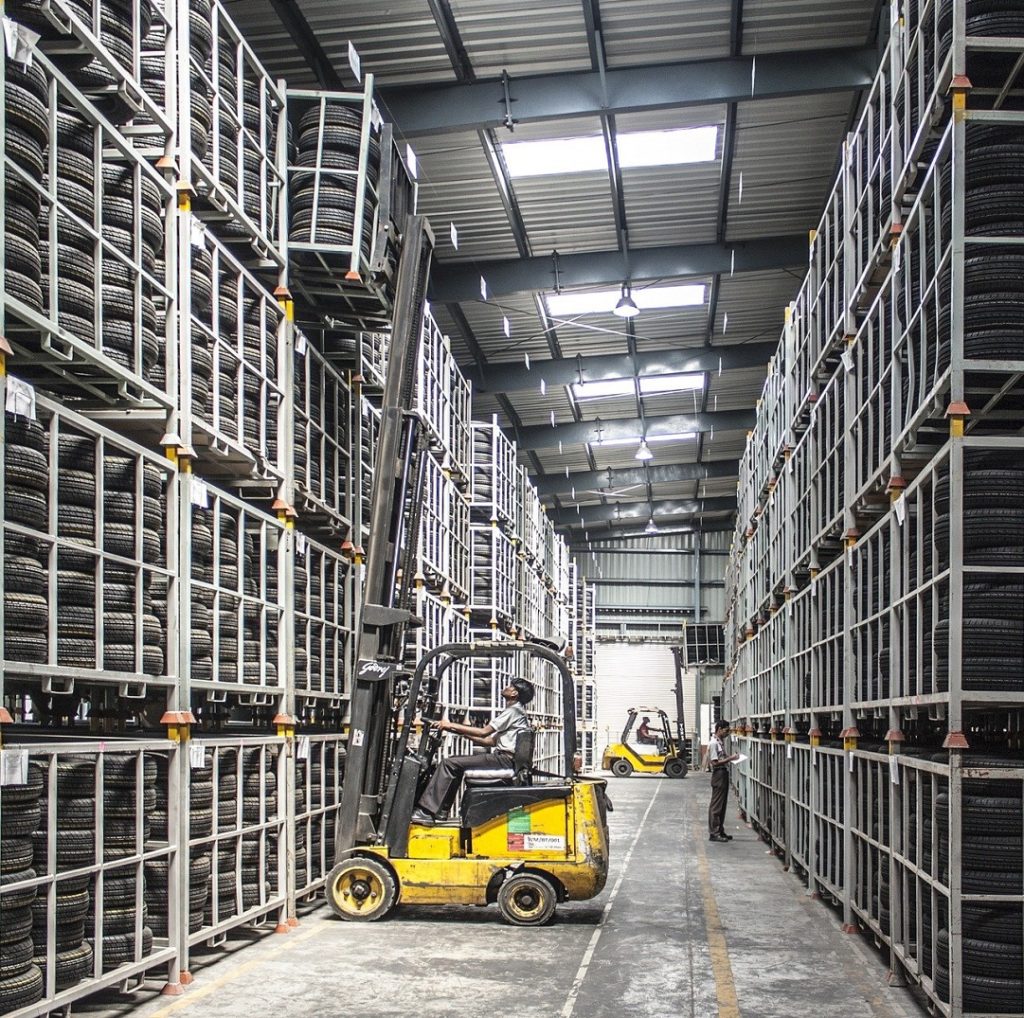
Ergonomics vs. Cost: How To Evaluate Your Material Handling Safety Needs
To determine what equipment you need to maximize material handling safety, answer these questions
Employers are concerned with occupational injuries for good reason. Despite all the efforts dedicated to improving worker safety, material handling is still a major source of accidents and strain, whether the work is done manually or with mechanical assistance. A couple of years ago, when as many as 65% of workers’ compensation claims were associated with material handling, insurance companies responded by raising rates.
But the good news is equipment suppliers took action, too, to improve material handling safety: engineering and designing features into their products to minimize strains associated with lifting, reaching, twisting, pulling, and pushing.
That being said, not all companies have the capital to invest in top-of-the-line equipment, nor do they need to. While certain operations demand the latest in ergonomics, others are better off sticking to basic features that reduce the risk of workplace injuries and strain, and still bring the desired material handling safety.
To help you determine what type of equipment and ergonomic designs that make the most sense for your operation, start with the answers to the following questions:
- Who in the warehouse will be using it?
- How will it be used?
- How many times a day will you be using it?
The meaning of ergonomics
Let’s break it down. Ergonomics can be described as “fitting the job to the person rather than the person to the job”; it looks at manual handling as a whole, taking into account a range of relevant factors including the nature of the task, the load, and the work environment.
According to the 10 Principles of Material Handling, two in particular apply to material handling safety.
1. The Ergonomic Principle: Human capabilities and limitations must be recognized and respected in the design of material handling tasks and equipment to ensure safe and effective operations.
2. The Unit Load Principle: Unit loads shall be appropriately sized and configured in a way which achieves the material flow and inventory objectives at each stage in the supply chain
Evaluating needs and equipment
Then, enter another variable: money. Regardless of whether you’re running a large warehouse or a mom-and-pop operation, you’re likely on a budget. No managers want to spend more than they have to. At the same time, wise managers know workers’ safety is not a money-saving tool.
Not only do accidents take a devastating human toll, compensation claims stemming from injuries, like falls or fractures, range from $47,000 to $59,000, according to the National Safety Council. So, the discussion needs to weigh both the nature of your operation and budgetary constraints.
Light and medium duty applications
To take an example, manual pallet jacks are among the most useful and popular pieces of material handling equipment. And for some operations with certain needs, they are also an ideal fit. Easy to maneuver, the manual pallet jack is best used for light and medium duty applications over short distances in stores, hospitals, warehouses, factories, and other reputable operations.
But if you’re running 12-hour shifts with thousands of pounds of product moving around the warehouse, the choice should fall on more powerful equipment, like a robust electric forklift that ensures both the comfort and safety of your employees and boosts the productivity of your entire operation.
Higher price tag
Similarly, although a manual pallet jack may have a maximum capacity of 5,500 pounds, pushing such large volumes by hand is introducing risks you can do without. Again, your needs will place you in a higher price category. If you’re, let’s say, frequently loading at heights above 30 feet, electric or propane forklifts with sideshift and an overhead guard may be in order.
Lithium-ion batteries bring design upgrades
Interestingly, the increased use of lithium ion (Li-ion) batteries in material handling have contributed to improvements in ergonomics. Since such batteries are smaller than lead acid batteries, suppliers have been able to redesign key components of the truck.
The new battery-enabled ergonomic designs are so noteworthy that Modern Materials Handling, the trade magazine, says it’s one of the lift truck trends to watch in the years to come, alongside developments in safety and maintenance.
Maintenance matters, too
Maintenance is indeed an often overlooked piece of the material handling safety puzzle. While the focus tends to be on the actual features, less is said about the importance of a rigorous maintenance program to make sure they perform as intended.
Finally, finding the right distributor
To conclude: When you are searching for your next piece of equipment, consider a distributor who can offer the following:
- Honest and expert advice on how to optimize safety, efficiency, and cost.
- On-staff technicians and an internal parts department to ensure your equipment is safe and optimized at all times.
- Flexible financing that enables you to get the equipment that suits your needs, whether it means setting up a payment plan, adjusting leasing figures, or trying a rental.
Need help? Please don’t hesitate to reach out.
Read Our Latest Articles

Ergonomics vs. Cost: How To Evaluate Your Material Handling Safety Needs
To determine what equipment you need to maximize material handling safety, answer these questions…
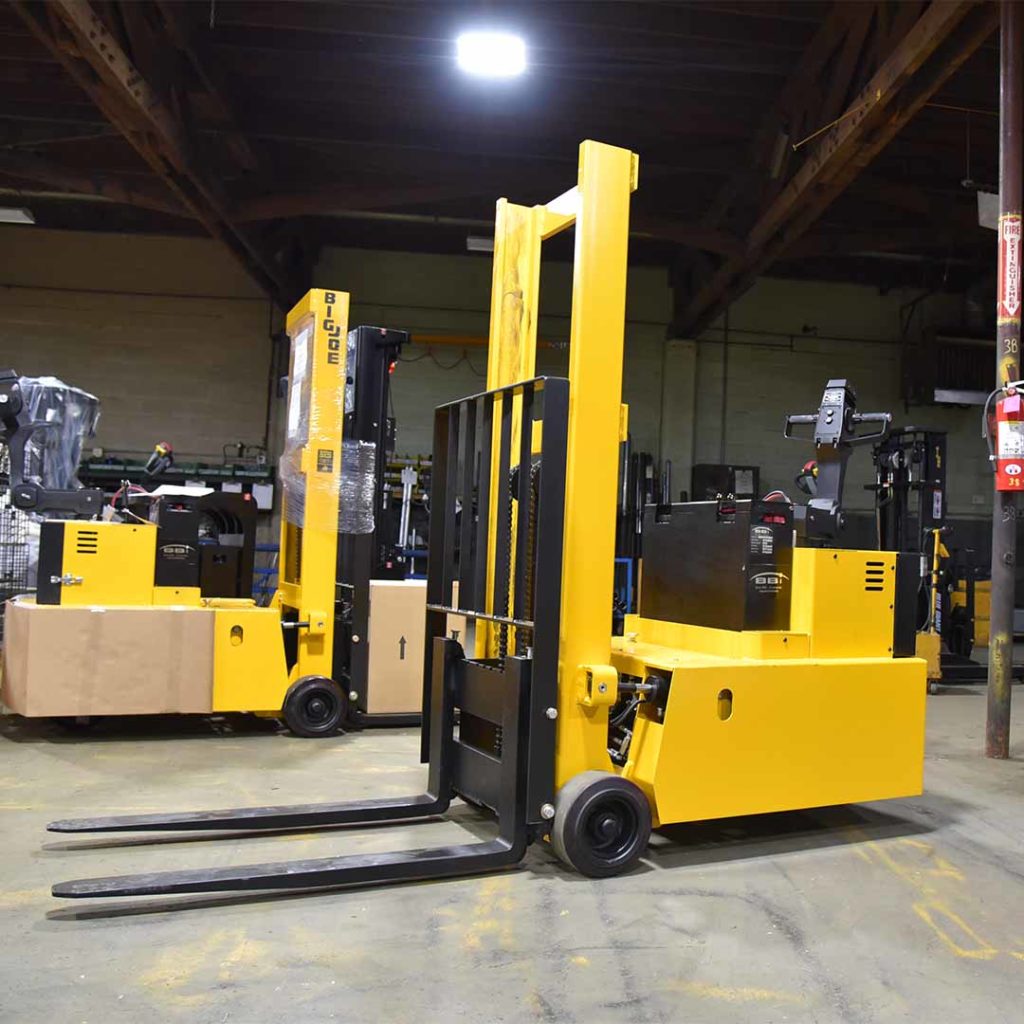
Among Forklift Companies, Big Joe Packs Decades of Expertise. Guess Who Benefits?
Few forklift companies have been in business for 53 years. Now, Big Joe leverages all that experience to help customers grow even stronger…
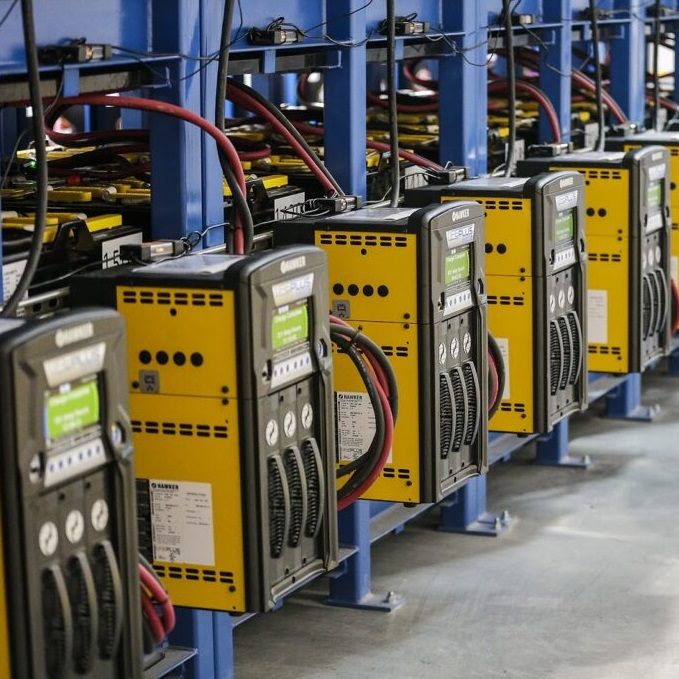
The Facts Are In – And They Favor Electric Forklifts
Should I go electric? We only have to look at the growing share of electric forklifts to see a majority of companies now say, “Yes, you should.”
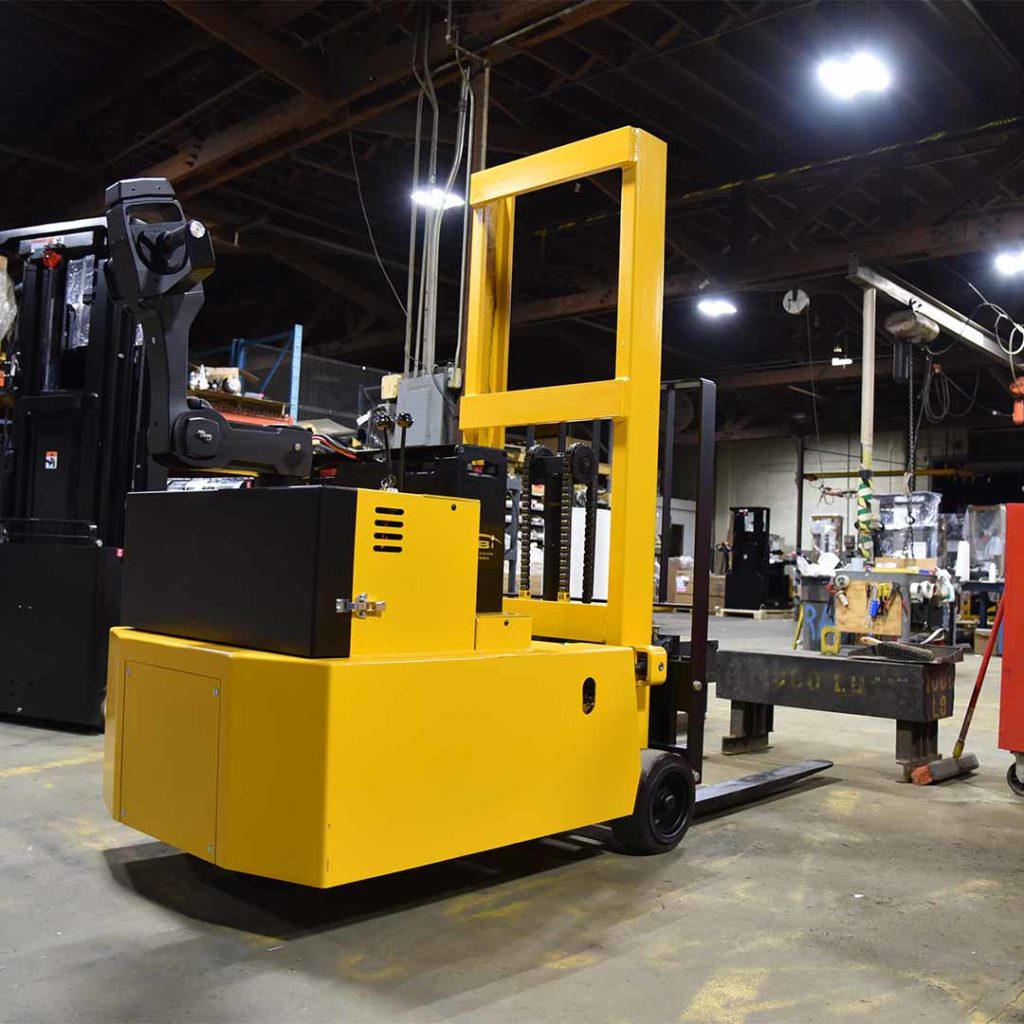
How To Find A Distributor That Offers Great Forklift Prices –
And More
Great forklift prices are just the beginning. Look for these 4 features to find a distributor who can deliver the whole package…
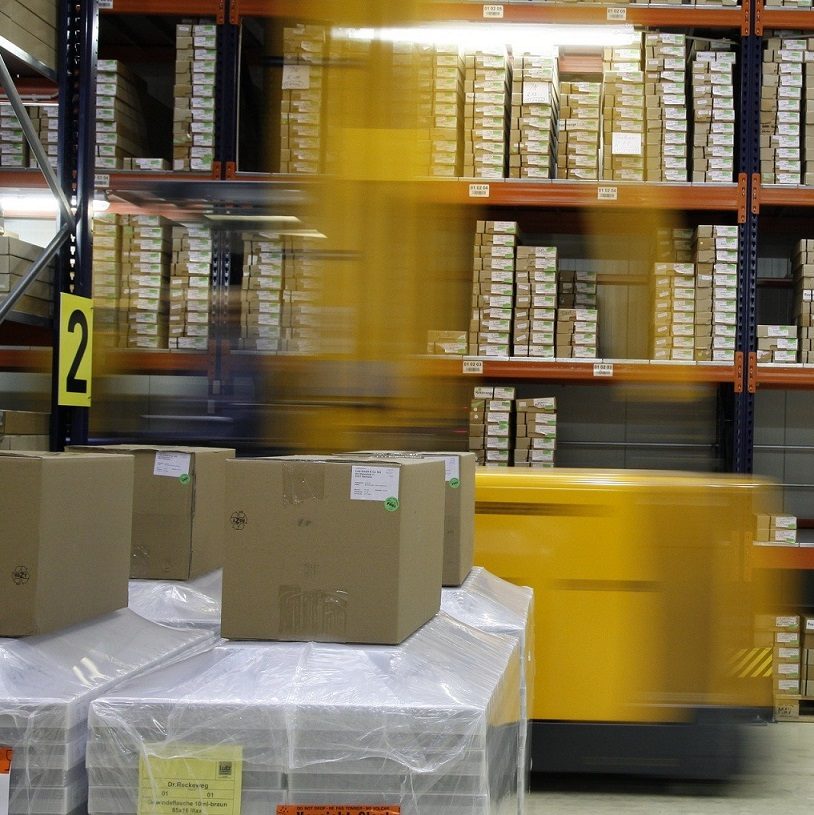
Four Pieces of Material Handling Equipment Every Small
Warehouse Needs
Small warehouses often do not require the same fleets seen in many distribution centers or main production plants. Deploying the right equipment can increase productivity and more…
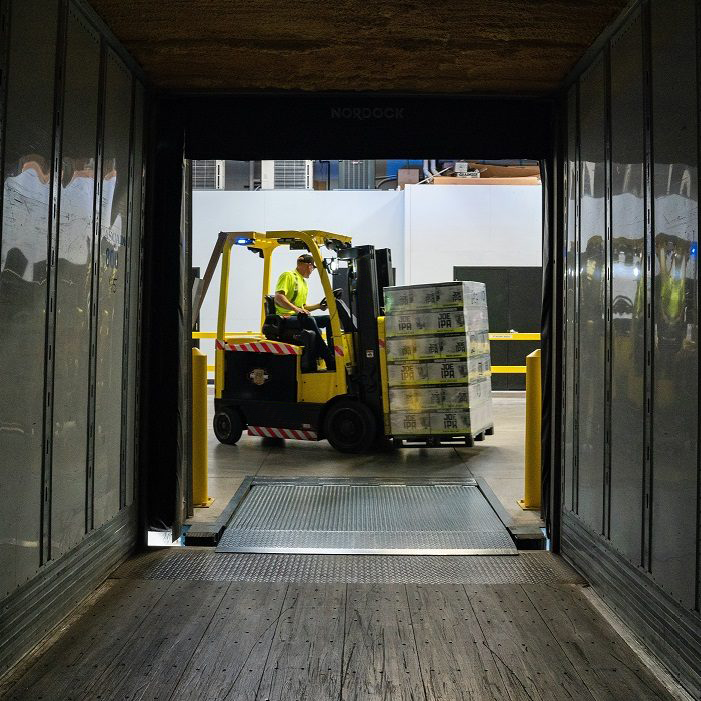
Buying or Leasing Forklifts? A Guide to Making The Right Choice
A large percentage of U.S. businesses lease a portion of their equipment. But the decision of whether to buy or lease forklift equipment is not always as straightforward as it may seem…
